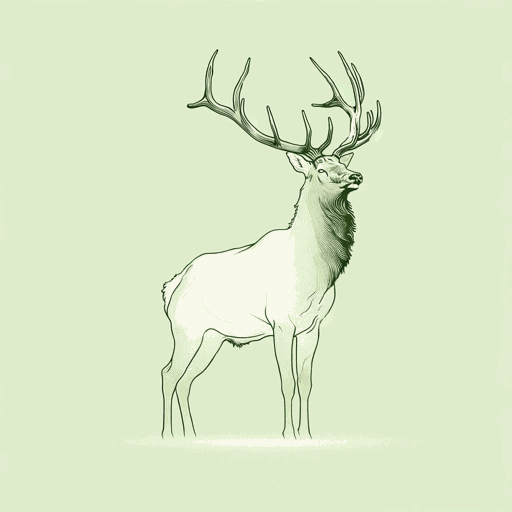76 pages • 2 hours read
Stephen Graham JonesThe Only Good Indians
Fiction | Novel | Adult | Published in 2020A modern alternative to SparkNotes and CliffsNotes, SuperSummary offers high-quality Study Guides with detailed chapter summaries and analysis of major themes, characters, and more. For select classroom titles, we also provide Teaching Guides with discussion and quiz questions to prompt student engagement.
Symbols & Motifs
The Trading Post Knife
Lewis buys a trading post knife before the hunting trip that leads to the massacre of the elk herd. It is a knife that evokes Blackfoot culture without being a particularly good tool, but Lewis liked it upon purchase because it felt good in his hand. The knife symbolizes his attempt to embrace his heritage, but it’s a cheap attempt, one that doesn’t have a clear understanding of what honoring one’s heritage requires. This grasp at heritage is reflected when the knife, sharp upon purchase, immediately dulls once used, as he fails to fulfill his ideal of what a “good Indian” is supposed to be. He uses the knife to remove the calf fetus from the pregnant cow elk and then skin the mother, another makeshift attempt to be a “good Indian.”
The knife is also a symbol of Lewis’s attempts to control his own fate when he uses it to temporarily fix the overhead light that has been flickering. The knife’s blade is jammed into the fixture, providing a solution that foreshadows the violence to come. Peta reaches for the knife as she falls to her death, which Lewis reads as a last ironic form of punishment. Using the knife on Peta, he recreates the 







Featured Collections
Earth Day
View Collection
Fear
View Collection
Friendship
View Collection
Grief
View Collection
Guilt
View Collection
Indigenous People's Literature
View Collection
New York Times Best Sellers
View Collection
Pride & Shame
View Collection
Revenge
View Collection
The Best of "Best Book" Lists
View Collection

